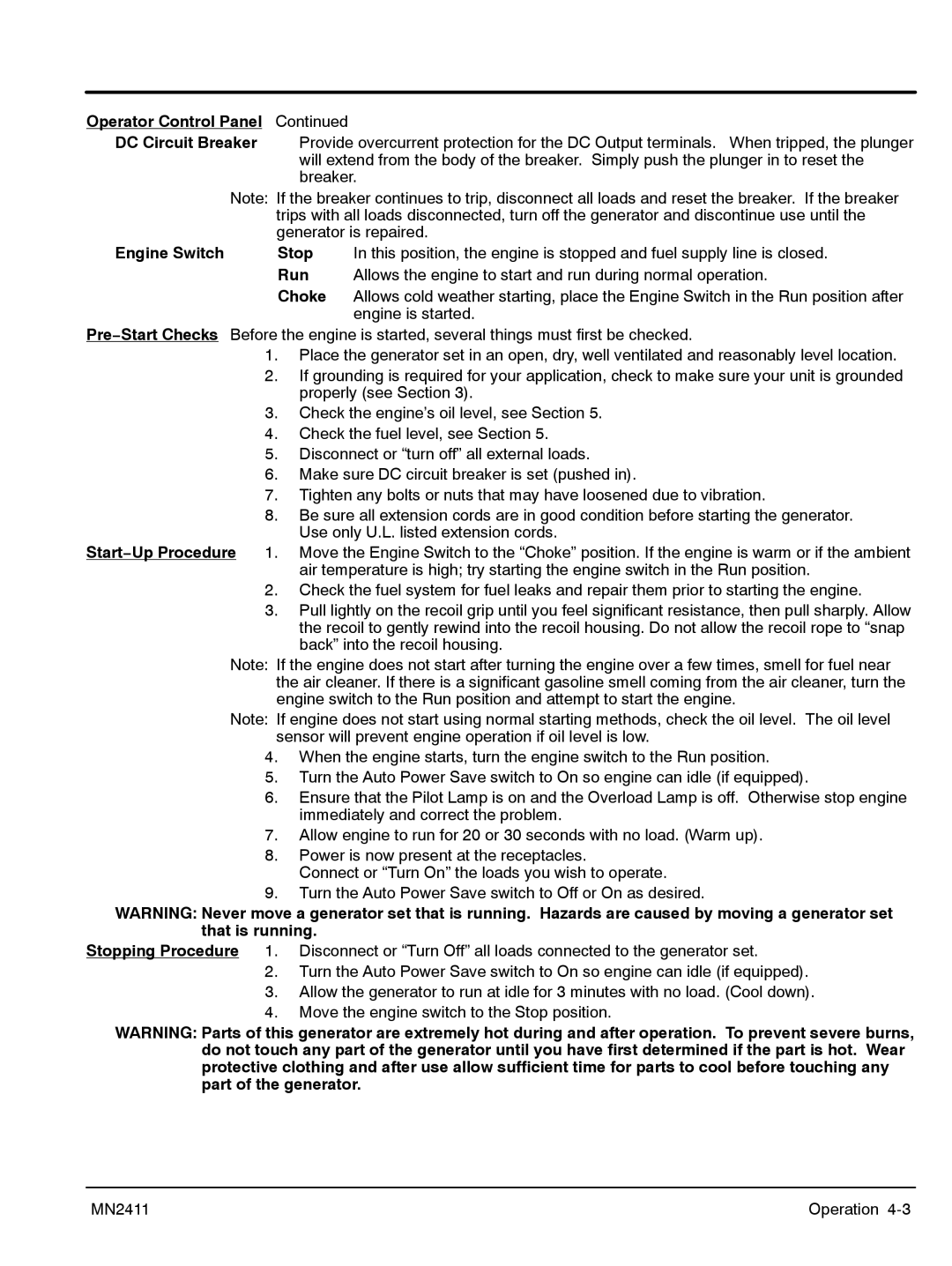PC1700RI, PC1100R specifications
The Baldor PC1100R and PC1700RI are advanced servo motors that stand out in the competitive landscape of industrial automation. These motors are engineered to deliver exceptional performance characterized by high efficiency, reliability, and precision, making them ideal for a variety of applications ranging from robotics to CNC machinery.The Baldor PC1100R model features a compact design that offers ease of integration into existing systems. With a power rating of 1.1 kW, it delivers robust torque performance while maintaining energy efficiency. This servo motor is equipped with high-resolution encoders that provide precise feedback for accurate position and speed control. The PC1100R also incorporates advanced thermal management technologies to ensure optimal operating temperatures, reducing the risk of overheating and prolonging the motor's lifespan.
On the other hand, the PC1700RI model offers increased power capacity, rated at 1.7 kW. This motor caters to more demanding applications, providing higher torque outputs without compromising on speed and responsiveness. The PC1700RI is designed with a modular architecture, allowing for versatile configurations that can be tailored to specific project needs. Both motors utilize integrated digital controls that enable seamless communication with various automation systems, facilitating smooth operation and enhanced flexibility.
In terms of construction, both the PC1100R and PC1700RI feature durable housing designed to withstand harsh industrial environments. They possess an IP65 rating, making them resistant to dust and water, which is essential for machinery operating in challenging conditions. Additionally, these motors are designed with low vibration and noise levels, contributing to a more comfortable working environment.
Another notable characteristic of the Baldor PC series is the ability to support a variety of feedback devices, including incremental and absolute encoders. This flexibility ensures compatibility with diverse applications and setups. Both models also come with comprehensive support and documentation from Baldor, ensuring users can efficiently implement and maintain their systems.
In summary, the Baldor PC1100R and PC1700RI servo motors exemplify top-tier engineering in the realm of industrial motors. Their features, including compact designs, high efficiency, advanced feedback systems, and robust construction, make them ideal for tackling the demands of modern manufacturing and automation processes. With their reliability and performance, these motors are poised to play a critical role in enhancing productivity across various industries.

